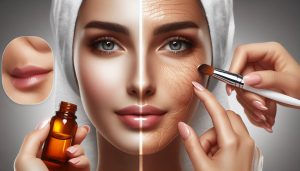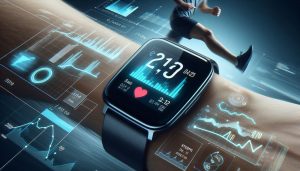
Your Path to Wellness Starts Here
Welcome to Health N Wellness!
At HealthGroupz, we believe that true well-being encompasses every aspect of your life—mind, body, and spirit. Our platform is designed to provide you with valuable insights, expert advice, and essential resources to guide you on your journey toward a healthier, more fulfilling life. Whether you’re looking to improve your mental health, enhance your physical fitness, or discover beauty and skincare tips, we’ve got you covered.
Fit and Nourish
Nurturing a Healthy Lifestyle
Achieving a vibrant and nourishing lifestyle involves a harmonious balance of weight management, nutrition, and fitness. At Fit and Nourish, we believe that wellness is a journey that integrates the nourishment of our bodies, the cultivation of healthy habits, and the pursuit of physical activity. Your weight is more than just a number—it’s a reflection of your overall health and well-being. Explore our evidence-based articles on sustainable weight management strategies that promote long-term success. Proper nutrition fuels your body and enhances your quality of life; dive into our extensive collection of articles that celebrate the power of wholesome eating and discover healthy recipes that inspire mindful choices. Embracing an active lifestyle is essential for maintaining physical and mental health; we provide a variety of workout routines and fitness tips to cater to all fitness levels, empowering you to stay motivated and achieve your goals. Join us at Fit and Nourish as you embark on your path to a healthier lifestyle, equipped with the knowledge and support to nurture your body and mind.
Mind and Body
Nurturing the Mind and Body Connection
Achieving balance in life involves caring for both our mental well-being and our physical appearance. We believe that true wellness encompasses every aspect of who we are, providing valuable resources and expert insights to support your journey toward a harmonious and fulfilling life. Your mental well-being is essential for a fulfilling life; explore our expert-backed articles on mindfulness practices, stress management techniques, and emotional resilience, with guidance on maintaining mental health, fostering self-care routines, and cultivating positive relationships. Feel confident in your skin with our curated beauty and skincare essentials, where you can discover tips from our experts on enhancing your natural beauty, nourishing your skin, and adopting effective routines. We celebrate beauty in all its forms, offering insights into makeup techniques, product recommendations, and holistic skincare practices.
Health Essentials
Tools and Knowledge for Lifelong Health
Your health journey is supported by practical tools and knowledge that empower you to make informed choices. At Health Essentials, we provide valuable resources to enhance your lifestyle and ensure you have the necessary tools for optimal health. Explore our expert advice on creating a healthy lifestyle that suits your needs and preferences; from daily habits to wellness routines, find inspiration for living your best life. Discover essential health tools, guides, and resources designed to help you navigate your health journey. Whether you’re looking for practical tips, helpful apps, or informative articles, we have the tools to support your wellness goals. Join us at Health Essentials to equip yourself with the knowledge and resources you need for a thriving, healthy life.
































